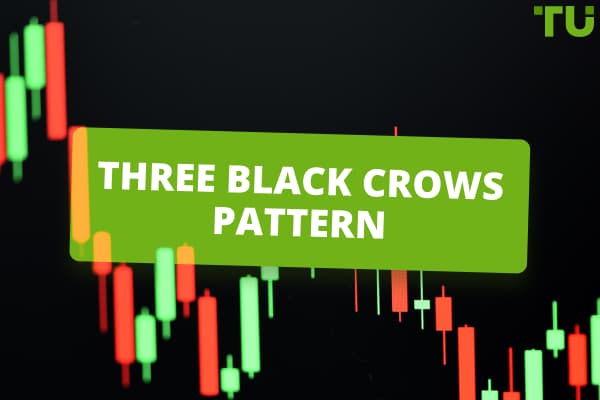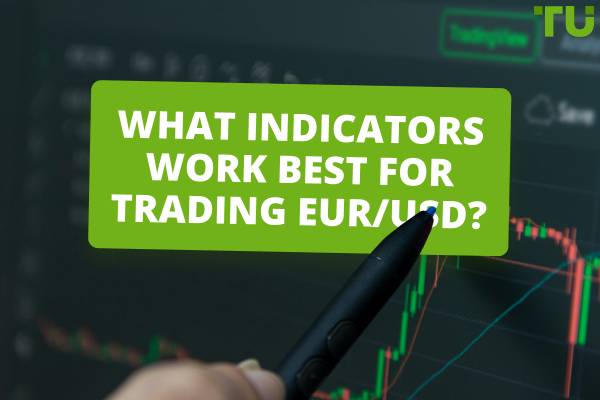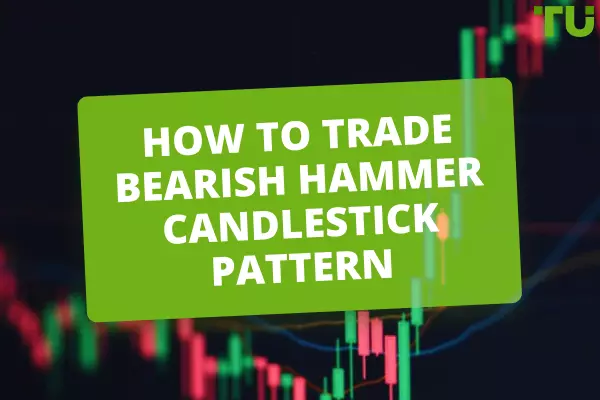When should you buy or sell in trading?
You should buy or sell in Forex: During market sessions, when the markets are most active. Trading signals are also a good indicator of when to buy or sell. Traders should also buy and sell according to their risk management strategy.
When Forex traders buy or sell a position, they are doing so based on speculation and predictions on whether a currency pair will move upwards or downwards, with the aim of making profit. Because so much of it is speculative, it can be difficult to know exactly when to buy or sell. Different traders will give different answers on when is the best time to buy or sell, based on their own strategies and experience. In this article Traders Union will be breaking down when is the best time to buy or sell in Forex trading.
What is the long and short position in Forex?
In Forex trading, "long" and "short" positions denote the bets that traders take on the predicted movements of a currency pair's exchange rate.
Long Position. When a trader assumes a long position, they are expressing confidence that the base currency (the first currency in the pair) will strengthen relative to the quote currency (the second currency in the pair). In practical terms, this means they are purchasing the base currency while selling the quote currency at the same time. The goal is to make gains from an anticipated rise in the exchange rate. This allows them to later sell the base currency at a higher rate to generate a profit
Short Position. Alternatively, a short position reflects a trader's belief that the base currency will weaken in value compared to the quoted currency. In a short position, the trader sells the base currency and buys the quote currency. The expectation is that the exchange rate will decline, enabling the trader to repurchase the base currency at a lower rate and profit from the decrease in value
Put simply, taking a long position signifies a bullish outlook, and optimism regarding the appreciation of the base currency. In contrast, adopting a short position represents a bearish view, suggesting an expectation of the depreciation of the base currency. Forex traders can employ both long and short positions to capitalize on price movements in either direction.
When do traders buy and sell a currency pair?
There are several factors that will determine when is the best time to buy and sell a currency pair. Things to take into consideration include your trading strategy, trading style, and which specific currency pair you are trading. There are also “trading signals”, which indicate when is a good time to buy or sell. Signals are based on technical analysis of data and trends, using mathematical calculations to provide indicators. Signals can be generated using analysis of different technical indicators including:
Exponential moving average (EMA)
Beginner traders often base their trading decisions on signals provided by people or services. The main types of provided signals are:
Manual signals: A signal created by an individual such as an analyst or experienced trader. Beginner traders often use these as guidance, as they come from more seasoned traders who regularly monitor the market
Automated signals: Analytical software systems generate automated signals based on the historical price movements of a currency pair. This is based purely on data from coded algorithms, which removes emotions from the equation
Free or paid signals: These signals are given by a provider as a service. Free signals tend to be very basic or offered on a free trial basis, while paid signals are given for one-time free or subscription service. Paid signals are often more useful than free signals
Copy trader signals: If you invest in copy trading, whereby your trades are copied from another trader, you’ll also be copying the signals they use for entering and exiting a trade
Traders can also adopt sets of rules and measures to make sure that risks are kept at a manageable level. If you have an effective system for managing risk, you will have better control over your trade points, and as a result, your profits and losses. To manage your risk, follow these simple steps:
Gain a comprehensive understanding of the Forex market
Learn about derivative products and leverage
Create a custom trading strategy
Establish a risk-reward ratio
Implement stop-loss and take-profit orders
Practice emotional management
Stay informed about news and global events
If additional practice is needed, consider beginning with a demo account
Top 5 strategies to buy and sell in Forex
In order to achieve your trading goals, it is essential to implement a strategy. Planning your Forex trading strategy allows you to create a framework for when to buy and sell. Listed below are five of our top proven and tested strategies for maximizing profits and are all well-suited for beginners.
1. Trend Trading
Trend trading involves noticing and taking advantage of trading opportunities within an overall trend direction. By observing a trend’s direction, strength, and duration, and determining its stability, you can choose when to buy or sell. This strategy can be short, medium, or long-term.
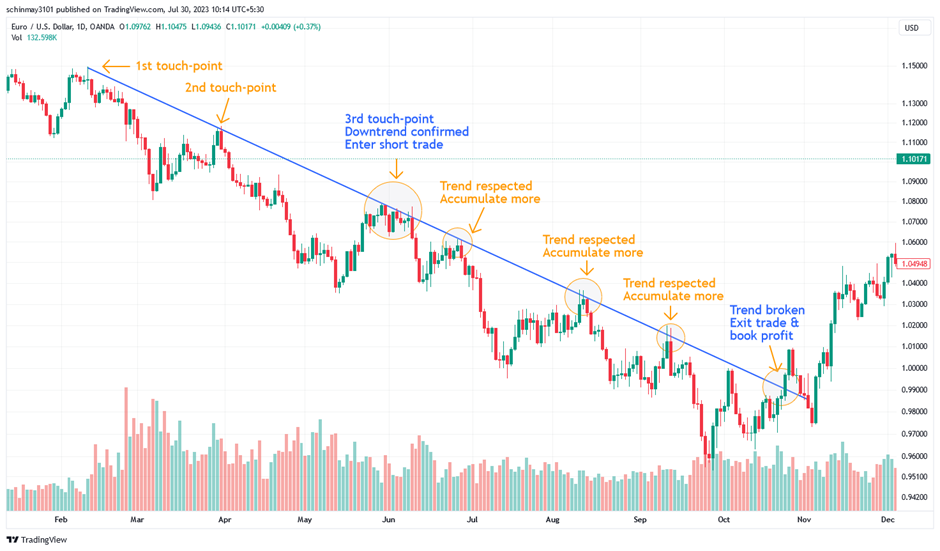
Trend trading illustration
2. Price Action Trading
Price action in Forex means the movement of a security's price plotted over time. Price action trading is a strategy where traders make decisions based on raw price movements and patterns on a chart, without relying on indicators or external factors. They analyze historical price data to identify potential future price movements and execute trades accordingly, aiming to profit from market momentum and patterns.
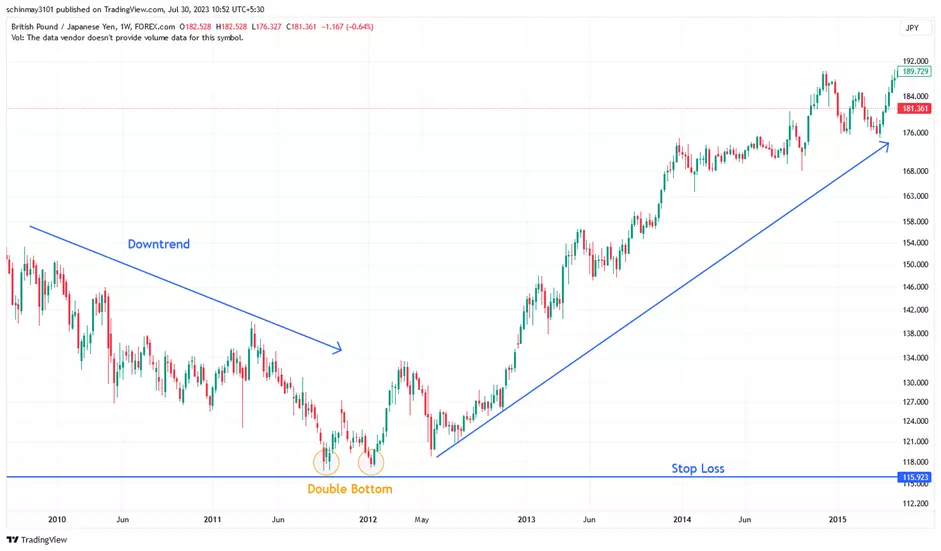
Price Action Trading illustration
3. Range Trading
This strategy can be used to help traders when there is no clear direction or trend in the market. Highs and lows are established on the price chart along a generally horizontal line, and technical indicators called Bollinger Bands are used to denote range borders. Within those borders, oscillators are used to locate support and resistance (oversold and overbought) conditions, so traders know when to buy or sell.
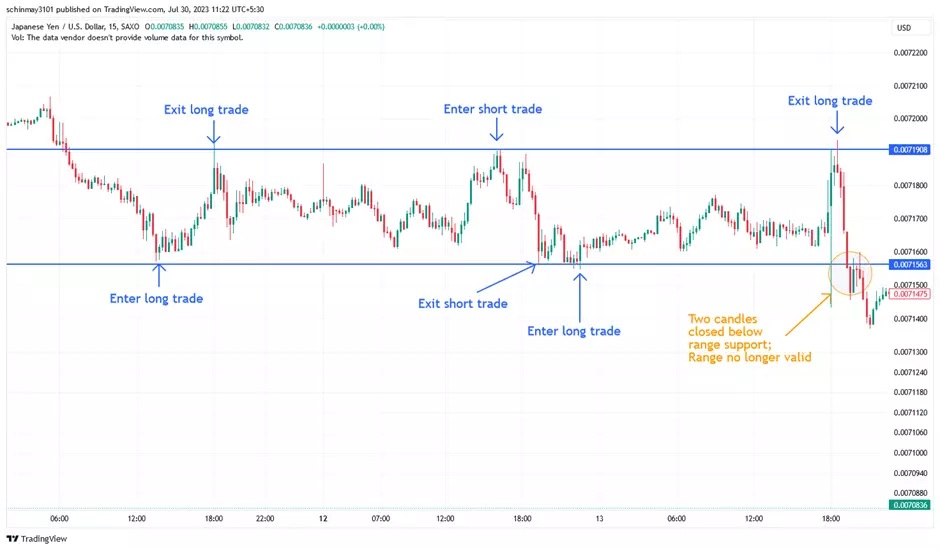
Range Trading illustration
4. Momentum Trading
Momentum trading involves buying and selling currencies based on recent price trends. The idea is that prices will continue to move in a direction when there’s enough force. Currencies with high prices draw investors in, which in turn drives the price even higher. A trader employing the momentum strategy would aim to sell at the peak of the trend’s strength, right before the price falls.
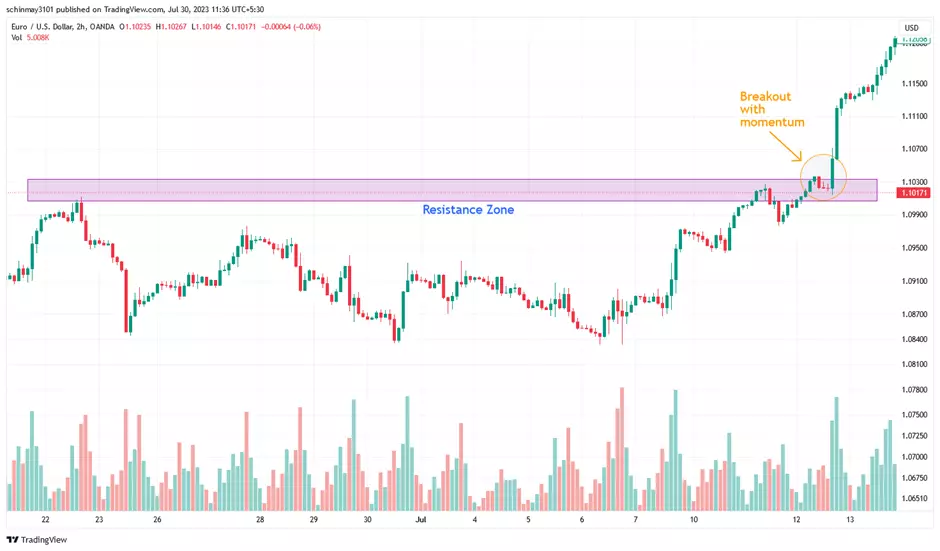
Momentum Trading illustration
5. Swing Trading
Momentum trading in Forex aims to profit from price movements over days or weeks. Swing traders hold positions longer than day traders, using technical and fundamental analysis. While it requires higher capital, it's beginner-friendly, allowing time for market analysis and skill development. It is ideal for newcomers looking to learn how to blend analysis techniques.
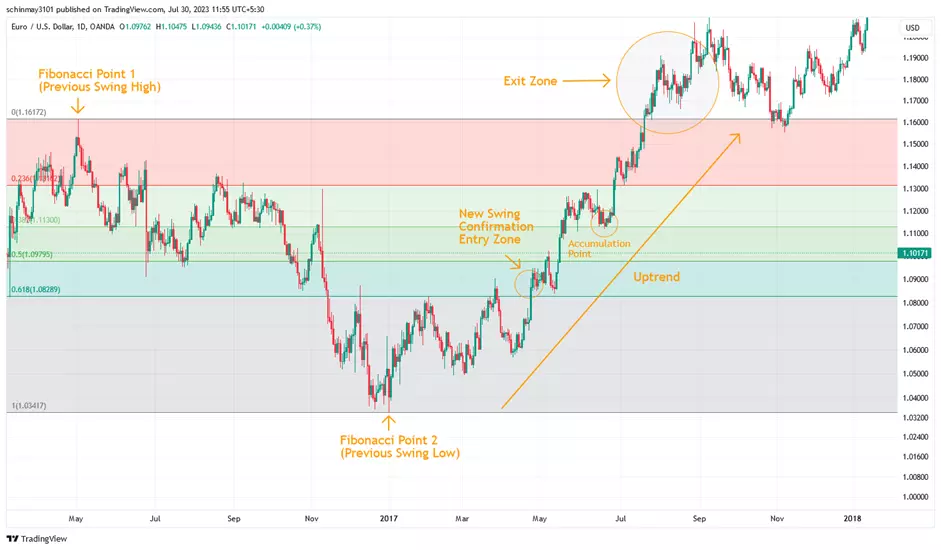
Swing Trading illustration
How to buy and sell in Forex? Top tips for beginners
To get started buying and selling currency pairs as a beginner, consider these factors and decide how you’d like to proceed.
Decide how you will trade - Will you engage in spot trading or trade through a broker? It’s important to know which method you’ll use
Study how the market works - The Forex market is an international network for trading currencies. Learn how it works before investing in it
Open an account - Choose which website or broker you’ll be using, and then open an account with them
Build a trading plan - Building a trading plan helps to remove the emotions from your decision making process and gives you a blueprint for when to execute trades
Execute your first trade - When you’re ready to start trading, choose whether you’ll be buying or selling, enter your position size, and adopt a risk management plan
How to start trading Forex?
Starting to trade Forex can be a complex and intimidating task, so here are some simplified steps for beginners to help you get started:
-
1
Educate yourself
Before you start trading, it's important to first understand the Forex market. Learn the basics, including how currency pairs work, how exchange rates are quoted, and the various factors that influence Forex prices -
2
Choose a broker
Select a reputable Forex broker to open an account. Look for one that is regulated by a recognized authority and offers a user-friendly trading platform. Make sure they provide access to the currency pairs you want to trade. Check their commission rates, fees for withdrawals and deposits, and trading hours. Click here for a list of our 9 Best Forex Brokers -
3
Develop a trading plan
Create a clear and well-thought-out trading plan. This is a structured outline that will define how you plan to navigate the financial markets. Consider your trading objectives, trading strategies, risk management guidelines, entry and exit criteria, timeframes, and emotional management strategies. For a full guide, see our article on Trading Plan Templates. -
4
Start with a demo account
Most brokers offer demo accounts that allow you to get experience trading with virtual money, for free. Use demo trading to familiarize yourself with the trading platform and test your strategies without risking real capital. We’ve compiled a list of the 7 Top Forex Demo Accounts. -
5
Risk management
Implement proper risk management techniques into your strategy. This includes setting stop-loss (automatic selling of a position if its value drops below a certain level) and take-profit orders (automatically sell when a pre-set profit margin is hit) to limit possible losses and protect your profits. Only risk a small percentage of your overall trading capital on each trade. For a more detailed look into risk management, check out this article. -
6
Begin trading with real money
Once you’re feeling confident and have a proven, profitable track record on your demo account, you can start transitioning to trading with real money. This is a big step, so start with a small amount and gradually increase your position size as you gain more experience.
Best Forex brokers 2024


FAQs
What should I do before I start trading Forex?
Learn about Forex before you choose a broker to trade with. Build a comprehensive trading plan and then practice using it on a demo account. Decide on a risk management strategy and then start trading with real money.
What are the best strategies for buying and selling in Forex?
Five of the best strategies are Trend Trading, Price Action Trading, Range Trading, Momentum Trading, and Swing Trading.
What are long and short positions?
A long position signifies a bullish, optimistic position based on expectation of the base currency strengthening. In contrast, a short position means a bearish outlook with the expectation that the base currency will decrease in value.
When is the best time to buy and sell Forex?
During market sessions overlaps when the markets are most active. Trading signals are also a good indicator of when to buy or sell. Traders should also buy and sell according to their risk management strategy.
Glossary for novice traders
-
1
Fundamental Analysis
Fundamental analysis is a method or tool that investors use that seeks to determine the intrinsic value of a security by examining economic and financial factors. It considers macroeconomic factors such as the state of the economy and industry conditions.
-
2
Copy trading
Copy trading is an investing tactic where traders replicate the trading strategies of more experienced traders, automatically mirroring their trades in their own accounts to potentially achieve similar results.
-
3
Take-Profit
Take-Profit order is a type of trading order that instructs a broker to close a position once the market reaches a specified profit level.
-
4
Swing trading
Swing trading is a trading strategy that involves holding positions in financial assets, such as stocks or forex, for several days to weeks, aiming to profit from short- to medium-term price swings or "swings" in the market. Swing traders typically use technical and fundamental analysis to identify potential entry and exit points.
-
5
Forex indicators
Forex indicators are tools used by traders to analyze market data, often based on technical and/or fundamental factors, to make informed trading decisions.
Team that worked on the article
Jason Law is a freelance writer and journalist and a Traders Union website contributor. While his main areas of expertise are currently finance and investing, he’s also a generalist writer covering news, current events, and travel.
Jason’s experience includes being an editor for South24 News and writing for the Vietnam Times newspaper. He is also an avid investor and an active stock and cryptocurrency trader with several years of experience.
Dr. BJ Johnson is a PhD in English Language and an editor with over 15 years of experience. He earned his degree in English Language in the U.S and the UK. In 2020, Dr. Johnson joined the Traders Union team. Since then, he has created over 100 exclusive articles and edited over 300 articles of other authors.
Mirjan Hipolito is a journalist and news editor at Traders Union. She is an expert crypto writer with five years of experience in the financial markets. Her specialties are daily market news, price predictions, and Initial Coin Offerings (ICO).



